Discover the art of crafting a perfectly flavored and nutritious herb-crusted tilapia dish with our comprehensive guide. Whether you’re a seasoned cook or new to the kitchen, this article offers expert tips and insights to help you create a mouthwatering meal that’s both healthy and satisfying. From selecting the right herbs and seasonings to exploring different cooking methods, we’ll walk you through everything you need to know to master the herb-crusted tilapia experience. Learn why tilapia is a versatile and nutritious choice, how to enhance its flavor with a variety of herbs, and the best techniques for achieving a crispy, golden crust. With our guide, you’ll be able to elevate your cooking skills and impress your family and friends with a delicious, herb-crusted tilapia dish that’s sure to become a staple in your recipe collection.
Key Takeaways
– Healthier Cooking Options: Baking tilapia is a healthier choice due to minimal added fats, while pan-frying offers a crispy texture.
– Crispy Flavor Without Excess Oil: Use pan-searing or an air fryer for a crispy finish with less oil.
– Flavor Enhancement: Season both sides of tilapia before baking to ensure even flavor distribution.
– Optimal Texture: Flip thicker tilapia fillets when baking to maintain moisture and prevent drying.
– Cooking Efficiency: Choose between butter and olive oil based on smoke point, taste preference, and fish type for enhanced flavor.
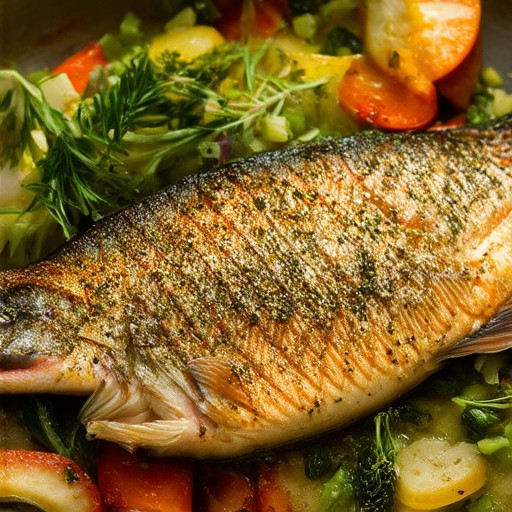
What Herbs Go Best with Tilapia?
Tilapia is a versatile fish that pairs well with a variety of herbs, each bringing unique flavors to complement its mild, slightly sweet taste. Here are some herbs that work particularly well:
- Cilantro : Adds a fresh, citrusy note perfect for seafood dishes.
- Basil : Provides an earthy flavor that enhances the subtleties of tilapia.
- Fennel : Offers a licorice-like aroma that adds depth to dishes.
- Rosemary : A classic herb that complements fish with its fragrant, pine-like scent.
- Oregano : Adds complexity with its spicy, herbal essence.
- Lemon Thyme : Combines bright lemon zest with thyme for a zesty touch.
- Dill : Excellent in sauces or marinades for a tangy flavor.
- Bay Leaves : Imparts a warm, aromatic depth, ideal for slow-cooked dishes.
- Parsley : Garnishes beautifully while adding a peppery kick.
- Mint : Provides a refreshing contrast to the fish’s natural flavor.
- Saffron : Enhances the dish with its golden hue and rich aroma, though it’s a pricier option.
For more tips on pairing herbs with tilapia, explore our herb guide or check out our recipe collection for inspired ideas. Don’t forget to experiment with these herbs to find your personal favorite combinations!
Why Tilapia Isn’t as Good for You as Other Fish
Tilapia, while a popular fish option, falls short in several nutritional aspects compared to many other fish. Here are the key reasons:
- Nutritional Deficiencies: Tilapia contains fewer omega-3 fatty acids, which are vital for brain health and reducing inflammation. It also lacks significant amounts of vitamin D, a nutrient crucial for bone health and immune function.
- Sustainability Concerns: Tilapia farming can have a negative impact on ecosystems due to its rapid growth rate and competition with native species. This makes it a less sustainable choice compared to wild-caught fish.
- Mercury Levels: While tilapia generally has lower mercury levels than larger predatory fish, it can still pose risks, especially for individuals sensitive to mercury or those who consume it frequently.
For a healthier option, consider choosing fish like salmon, sardines, or trout, which are rich in omega-3s and other beneficial nutrients. Prioritizing sustainably sourced fish can also contribute positively to both personal health and environmental well-being.
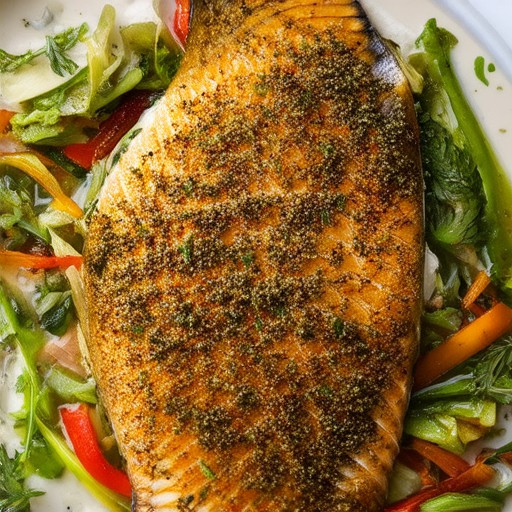
Good Seasoning for Tilapia
Seasoning tilapia can elevate its flavor profile, making it more tender and flavorful. Here’s a guide to creating delicious tilapia seasonings:
- Garlic and Lemon Seasoning: Mix finely chopped garlic, melted butter, lemon zest, and a pinch of salt. This creates a simple yet flavorful option.
- Herb Blend: Combine dried dill, parsley, chives, and fennel seeds for a herby touch that complements the fish’s natural flavor.
- Cumin and Coriander Spice: Add a Middle Eastern twist with cumin and coriander seeds for a smoky, aromatic profile.
- Lemon Pepper Rub: A zesty blend of lemon pepper seasoning enhances the fish’s natural acidity.
- Basil and Oregano: For an Italian-inspired dish, mix dried basil and oregano with olive oil and Parmesan cheese.
How to Apply the Seasoning
Depending on your preferred cooking method, apply the seasoning:
- Grilling: Rub a generous amount of seasoning onto the skin side before grilling for a flavorful result.
- Baking: Coat the fish with seasoning and bake until cooked through for a moist and tasty dish.
- Smoking: Use a dry rub with spices and smoke the tilapia for a rich, deep flavor.
Sample Recipe: Baked Tilapia with Garlic Butter
Ingredients:
- Tilapia fillets
- Garlic butter seasoning
- Lemon slices
- Almond flakes (optional)
Instructions:
- Preheat oven to 400°F (200°C).
- Season tilapia fillets with garlic butter seasoning and sprinkle with almond flakes.
- Arrange in a baking dish, lemon slices between fillets.
- Bake for 15-20 minutes until cooked through.
This seasoning ensures a juicy and flavorful result every time. Experiment with different combinations to find your perfect tilapia seasoning!
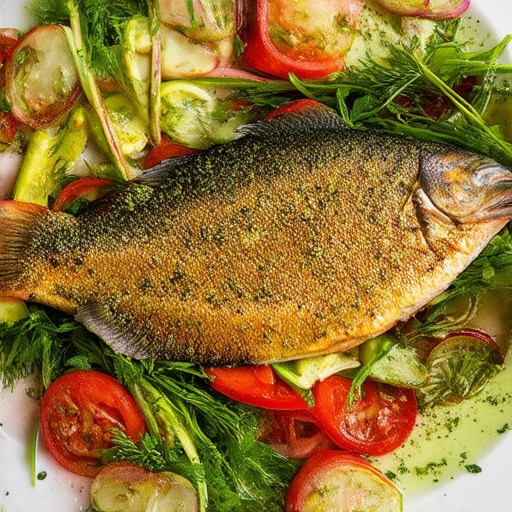
Baking vs. Pan-Frying Tilapia: Which Method Wins?
When deciding whether to bake or pan-fry tilapia, consider factors like health, texture, and convenience. Here’s a breakdown:
- Baking:
- Healthier option due to minimal added fats.
- Can be done with seasoning and herbs for extra flavor.
- Requires about 15-20 minutes in a preheated oven.
- Retains moisture, offering a flaky texture.
- Pan-Frying:
- Delivers a crispy, golden crust.
- Quick cooking process, often 3-4 minutes per side.
- May require more oil, which isn’t ideal for low-fat diets.
- Best for those who prefer a rich, savory texture.
Both methods have their advantages. Choose based on your preference for texture, dietary considerations, and cooking convenience. For a crispy finish without excessive oil, consider pan-searing or using an air fryer for a healthier alternative.
Is It Better to Pan Fry Fish in Butter or Olive Oil?
When deciding whether to pan fry fish in butter or olive oil, several factors come into play:
- Smoke Point: Butter has a lower smoke point (~250°F) compared to olive oil (~400°F), making olive oil more suitable for high-heat frying.
- Taste and Flavor: Butter adds a rich, creamy flavor, while extra virgin olive oil introduces a mild, fruity note. Choose based on your dish’s complementary flavors.
- Fish Type: Opt for butter with richer fish like salmon or trout, and olive oil with milder varieties like tilapia or cod.
- Texture: Butter may yield a softer texture, while olive oil can provide a crispier finish.
- Health Considerations: Extra virgin olive oil offers heart-health benefits due to its monounsaturated fats, though both are nutritious in moderation.
- Personal Preference: Test both to determine which enhances your dish’s flavor profile.
Ultimately, the choice depends on your specific recipe and dietary preferences. Experiment to find the perfect combination for your fish!
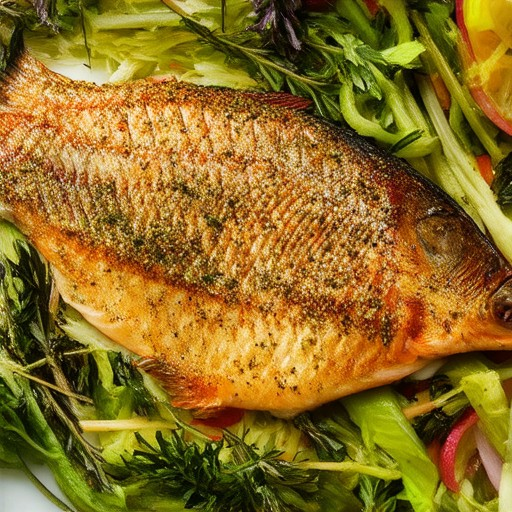
Baking Tilapia: Should You Flip It?
When baking tilapia, flipping the fish during the cooking process can be beneficial depending on several factors:
- Thickness of Fillets: Thicker tilapia fillets may require flipping to ensure even cooking, while thinner fillets may not need flipping.
- Seasoning: Season both sides of the tilapia before baking to enhance flavor distribution.
- Cooking Method: Flipping is particularly useful when baking in a pan or on a grill, especially for thicker fillets.
- Cooking Temperature: Bake at temperatures between 375°F to 400°F (190°C to 200°C) to prevent drying out.
- Vegetable Placement: If baking in a foil packet with vegetables, flipping ensures even roasting and flavor distribution.
- Size of Tilapia: Larger tilapia fillets benefit from flipping, while smaller ones may not require it.
For optimal results, season both sides of the tilapia, place it in a foil-lined baking dish with your favorite vegetables, and flip halfway through the cooking time. This method ensures tender, flavorful tilapia every time.
Conclusion: Flipping tilapia during baking is recommended for thicker fillets and when using methods like pan frying or grilling. It helps achieve even cooking and enhances overall flavor.

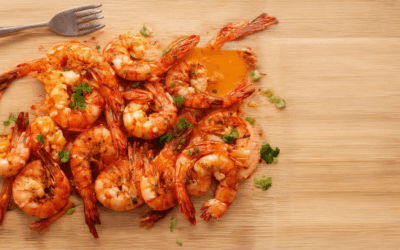
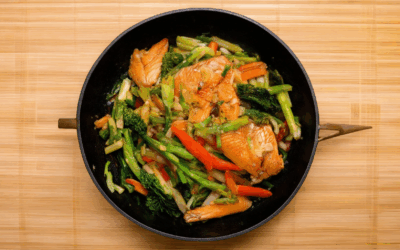
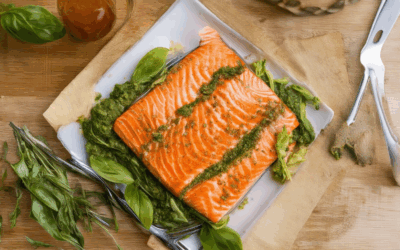
0 Comments